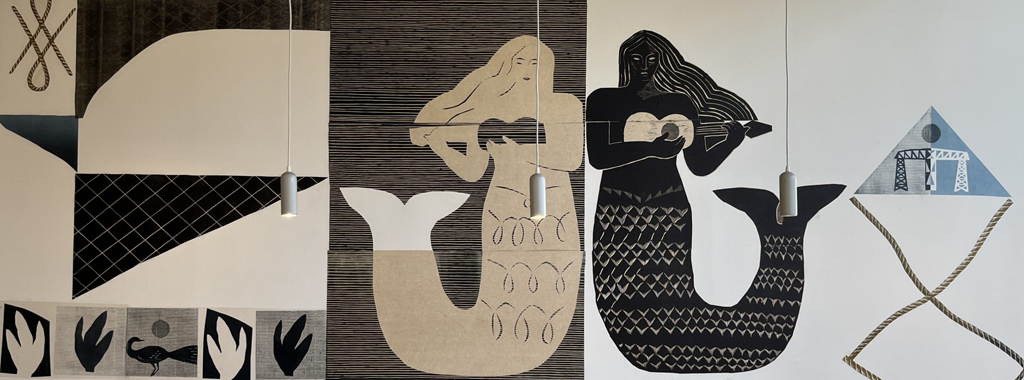Buenos Aires thinks of the Río de la Plata as a hollow space waiting to be filled in so that it can “gain land”. There are spaces along the shoreline, amongst the debris and between the things that get thrown into it, and between the things that come into contact with each other. We tend to look at objects and think of the spaces between them as being empty. The Royal Spanish Academy (RAE) defines a hollow as something “which is empty inside, in which sounds reverberate, and which is an interval of time and place”. But there are people who inhabit these spaces – which we are led to believe are empty – and their lives are marked by their relationship with the river. It is also home to plants and animals: a heron amongst the reeds, the open mouth of a fish jumping. We have tried to redefine the idea of this hollow and discover its power. A hollow can be a container, like a carrier bag that, as Ursula K. Le Guin says, is full of ““beginnings without ends, initiations, losses, transformations and translations”. In recent years, we have walked the shore and navigated stretches of the streams and rivers that run through the city and flow into the Río de la Plata. We have collected stories, photos of sunrises and sunsets marked by the horizon of the coastal plain, recorded the words of the fishermen who know the river, the moon and the tides, the migration of the fish. We have drawn everything we imagine inhabits the “hollow”, where time and things mingle: a mermaid from the Isla Maciel; ropes mistaken for serpents; the red of the ceibo flower and the stacks of the power plant, a willow shaped like a cave, etc. We were inspired by the geometry of nautical flags, the language of the ships and the textures of engravings. We created woodcuts and monoprints on papers that we stuck to the wall.
Victoria Volpini and Delfina Estrada
Artists: Victoria Volpini y Delfina Estrada
Curated by: Álvaro Rufiner
Production: Martina Estelí
Assistance: Carolina Favre and Nicolás Sebastián Rodríguez



